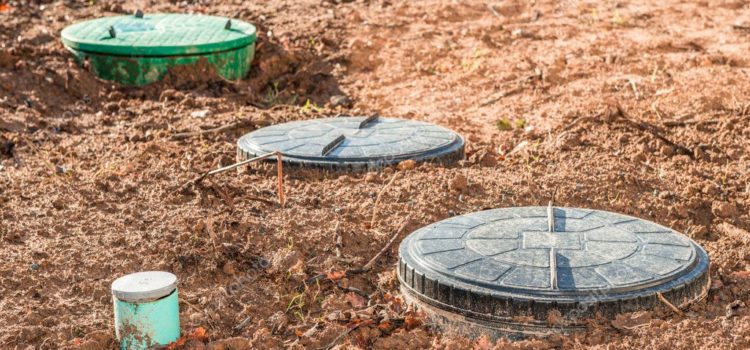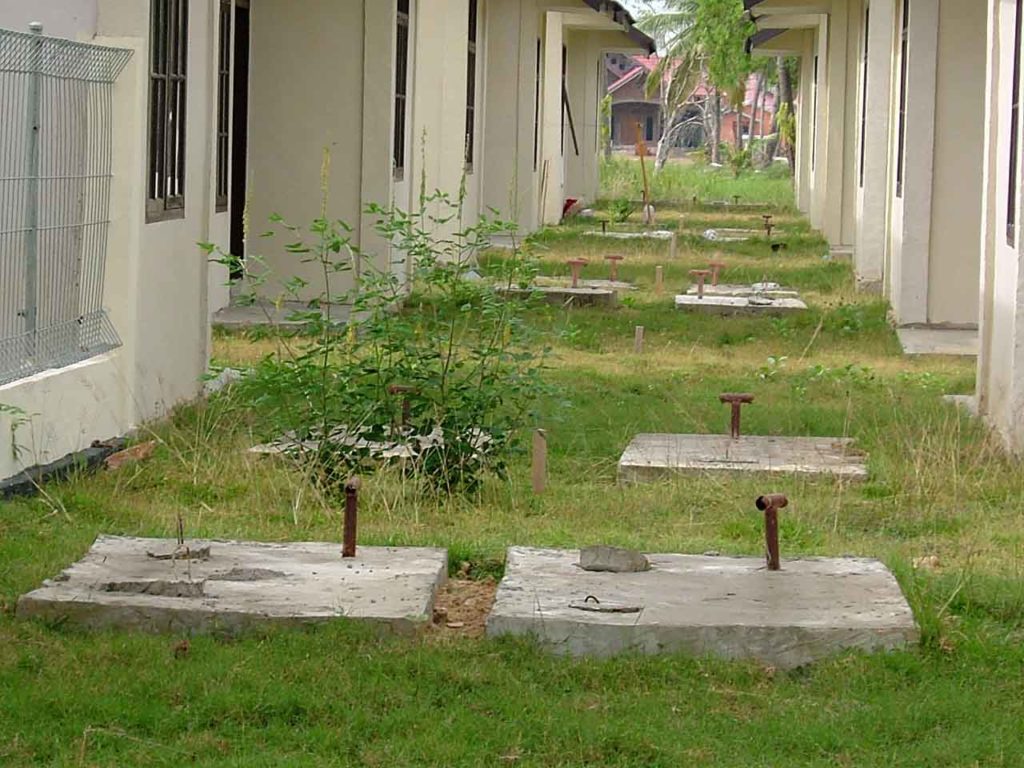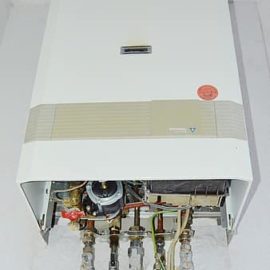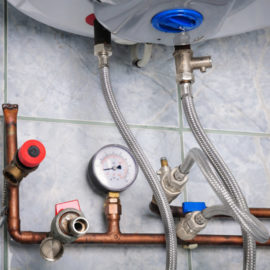
Summary
– The different types of wastewater
– The two types of chutes for wastewater disposal
– The different evacuations of a dwelling
– The connection of the devices for the evacuation of wastewater
– Sanitary regulations for the evacuation of wastewater
– Septic tanks
A good sewerage system must allow a good evacuation of waste water.
The different types of wastewater
Wastewater must be discharged according to its origin. There are two main types of wastewater:
Household water:
◦ kitchen;
◦ bathroom;
◦ shower.
– Black water: WC.
As for rainwater, which is not wastewater, it is discharged via downspouts and can be drained into the garden or collected for domestic use.
However, it cannot be discharged on the sidewalk or in the street gutter.
The two types of downspouts for sewage disposal
You can opt for two types of chute for the evacuation of waste water:
The separate chute:
– Still in use in most homes since black water must go directly into the main sewer.
– It is still mandatory with conventional smooth core pipes, regardless of their diameter.
The single fall:
– Possible if the evacuation pipe is ribbed and resistant to high temperatures.
– Indeed, household water, especially washing machine water or cooking water is very hot, the pipe must be able to withstand this temperature.
For a single fall, the tubes are ribbed on their internal face (core), the liquids are thus put in rotation thus avoiding the desphoning (the siphons are emptied which can lead to the appearance of bad smells) and forms an air tube in the middle of the column to ensure ventilation.
The diameter of the tubes must therefore be large to allow the evacuation of waste water.
The primary ventilation tube extends the column to end above the roof. However, it can be made to end below the attic under certain conditions, such as good ventilation under the roof.
The different evacuations of a dwelling
There are various sewage evacuations:
– Those of each device.
– The collectors of the appliances with the horizontal pipes to which the drains are connected.
– Downspouts of domestic water, black water with vertical pipes that can be single or separate.
– The main collectors to collect the downspouts and send them to the sewer.
The connection of the devices for the evacuation of wastewater
Whether for water supply or waste water disposal, you must have a connection whose diameter corresponds to the type of appliance to be connected.
Table of the connection diameter of individual sanitary and household appliances
| Device | Minimum inside diameter | Comments |
|---|---|---|
| Sink | 33 mm | — |
| Washbasin | 30 mm | — |
| Bidet | 30 mm | — |
| Bathtub | 33 mm 38 mm | If L < or = 1 m |
| Shower | 33 mm | — |
| WC with tank | 60 mm 77 mm | If L < 1 m If L > 1 m |
| WC with tank Dishwasher | 33 mm | — |
If you have to couple devices, the diameter changes:
– washbasin + bidet: 30 mm;
– bathtub + washbasin or washing machine: choose the diameter immediately above the diameter of the most important appliance;
– washbasin + bidet + bathtub (in any order): two collectors whose minimum diameter depends on the number of appliances;
– sink + washing machine: 33 mm;
– washbasin or bidet or washing machine + bathtub: two separate drains.
Sanitary regulations for the evacuation of wastewater
Although each department has its own health regulations, there are rules common to all:
– Each emptying of appliances, whether sanitary or household, must have a siphon with an occlusion system corresponding to American standards.
– The siphons must have a water clearance of at least 50 mm.
– If the municipality has a sewerage system, the connection is mandatory.
– Wastewater must not be drained with rainwater and vice versa.
Septic tanks

Not all communes have a collective sewerage system, so you will make your own sewerage system.
Contact your town hall to find out how to install it.
Remember that your system must be designed to treat all wastewater, which is why septic tanks are now called all-water tanks.
If you wish, we can put you in touch with one or more professionals. Also, don’t forget to comment and share your experience below.



